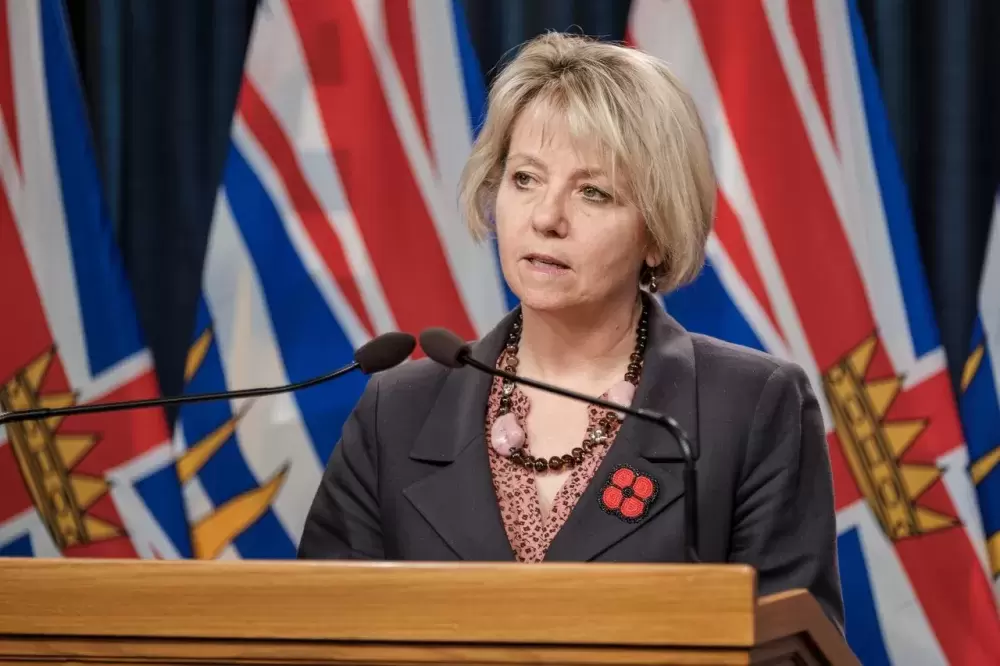More consistency is needed in determining who is permitted to accompany a loved one admitted to hospital, says those working closely with Nuu-chah-nulth families seeking emergency health care during the COVID-19 pandemic.
Island Health says hospitals currently follow measures that were announced May 21 limiting those accompanying and visiting patients to “essential visits”. This includes “compassionate care” for a critical or terminal illness, as well as visits that are deemed “paramount” to a patient’s physical care and mental health. The essential visitor could be assisting in feeding, mobility, personal care or communication with hospital staff, according to the Island Health guidelines listed to help control the spread of COVID-19 in facilities.
These visitors are screened for coronavirus symptoms upon entry and instructed when to sanitise their hands and wear a face mask, states the health authority. But what falls within these parameters is at the discretion of hospital staff, a pandemic-era reality that has brought unpredictable restrictions for some seeking to support their loved ones under emergency care.
As the Nuu-chah-nulth Tribal Council’s nurse navigator, Lesley Cerny works closely with Nuu-chah-nulth-aht to help them navigate through the health care system. Despite Island Health’s region-wide essential visitor policy, she’s seen differences from one hospital to the next over the course of the pandemic.
“There was one critical situation where none of the family were allowed in with someone - and then when I spoke to people in other hospitals they explained that that wouldn’t have happened,” said Cerny. “I think it just speaks to local variations.”
“How does it evolve that there are situations where someone is unconscious or in a critical state and a family member is not allowed in?” she asked. “What local decision making goes into something like that?”
According to Island Health, this decision falls on hospital staff. Essential care needs are identified to determine if visits are permitted, but decisions are also based on environmental factors like “the amount of physical space available related to the number of people required in the care area” as a well as “current risks of transmission and the availability of personal protective equipment,” wrote the health authority in an email to Ha-Shilth-Sa.
“Responses to COVID fluctuate,” noted Cerny. “They fluctuate because the epidemic is fluctuating, and they also fluctuate because different understandings of how to apply those by different staff.”
This is particularly evident at the Nanaimo Regional Hospital, where Vancouver Island’s first COVID-19 outbreak was declared on Nov. 11. Five staff at the facility tested positive, part of the autumn wave that has brought B.C.’s active case to 5,793 as of Nov. 12. The surge in new infections has put the province’s ability to effectively trace the source of cases in “jeopardy,” said Provincial Health Officer Bonnie Henry during a press conference.
But as the health care system works to keep the novel coronavirus out of hospitals, other factors to ensure a patient’s well being cannot be overlooked, said NTC Vice-President Mariah Charleson. She’s seen facilities take different approaches to visitors throughout a day, an inconsistency that creates difficulty for those travelling to a hospital from a remote coastal community.
“The initial guidelines that they are giving family members are changing depending on who’s on,” said Charleson. “That’s causing a huge amount of concern - particularly for people who are far away from home, people who may not have a vehicle. So they’re cabbing the hospital, they’re not allowed to visit, so they’re cabbing back.”
Island Health said it recognises spiritual and cultural needs are essential, and that staff are working with families to accommodate.
“Having more than one designated family member/support person at a time during a visit that is not doing end of life circumstances requires an exception consultation and further discussion with the care team,” wrote Island Health communications of its assessment process.
“That mental and spiritual aspect is often lacked when we look at these rules,” noted Charleson. “There needs to be a little more flexibility in understanding that people who travel from rural, remote communities, they’re far away from home, the traditional food, traditional practices and oftentimes people’s health deteriorates really quickly when they’re removed from those things.”
Cerny cautioned that those with experience in the residential school system can be triggered in a more regimented hospital setting.
“That can be really problematic,” she said. “When people talk about their families and the importance of connection, that is something really fundamental about who they are in terms of feeling okay, feeling well. I think that sometimes takes a back seat to this emphasis on all these measures to protect with COVID.”
As of Nov. 12, B.C. had recorded 20,368 cases of COVID-19. Of these confirmed cases, 288 have ended in death, comprising 1.4 per cent of those reported to be infected. The median age of fatality is 85, according to the B.C. Ministry of Health.







